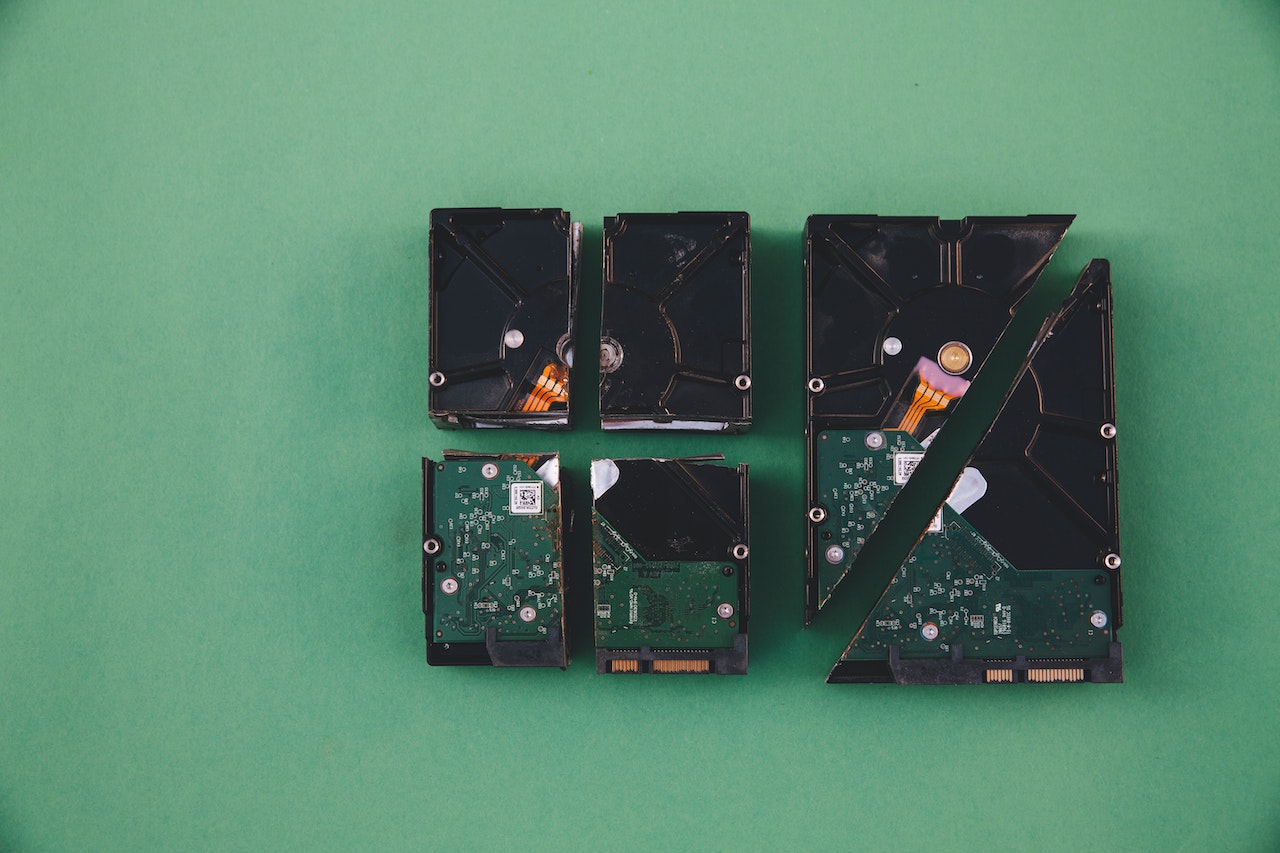Introduction
Installing Windows on an SSD can provide computer users with a wealth of benefits, from higher speeds to greater reliability. However, it is important to understand what is needed to achieve those benefits, including the use of a GPT (GUID Partition Table) disk structure. In this article, we will discuss the importance of using GPT when installing Windows on an SSD and explore the advantages that it provides.
Harnessing the Fast Speed of an SSD with GPT
The main reason to use GPT when installing Windows on an SSD is for maximum speed and performance. GPT offers several advantages over traditional MBR (Master Boot Record) which is the disk structure usually used with hard disk drives (HDD). GPT allows for much larger partitions, so the SSD can have more data stored on it which leads to better performance and faster speeds. Additionally, GPT disk structures are more reliable and are better at dealing with large data sets. One key aspect of GPT drives is that the partitions can be easily adjusted and managed. This makes it easier for users to organize their data and can help optimize the SSD’s performance as time goes on. Additionally, GPT enables hot spare functionality, which can increase the drive’s uptime and make it more reliable.
Exploring the Benefits of GPT for Installing Windows on an SSD
Using GPT for an SSD has many advantages, both performance and usability. First, GPT eliminates the 2TB limitation that MBR has on partitions, so you can install a larger Windows on an SSD and take advantage of the improved performance. Furthermore, GPT enables enhanced partitioning and faster boot times, meaning you can launch programs faster and more efficiently. Another major advantage of using GPT is its robust reliability. GPT offers superior fault tolerance compared to MBR, due to its 64-bit check and more efficient algorithms. GPT also offers built-in error checking and a better understanding between the operating system and disk structures, making it a great choice for mission-critical applications.
Read More: How much do computer operating systems cost for businesses?
Conclusion
GPT is a powerful disk structure that can bring many benefits when installing Windows on an SSD. GPT’s larger partitions and improved error checking can both help maximize the performance of an SSD and make the drive more reliable. For these reasons, it is important to consider using GPT if you plan to install Windows on an SSD.
Do you have an SSD or prefer a traditional HDD? Why? Post in the comments below.

Aleksandar Paunovski is a Computer Science student at New Bulgarian University. He has more than 20 years of experience with computer systems. Aleksandar knows PHP, JavaScript, C++, CSS, and HTML and is an expert on WordPress, computer security, Linux, Mac OS, Chrome OS, and Windows. When not busy making sites, Aleksandar loves to listen to 90’s music, walk in the park, and post on his blog.

[…] Read More: Do you need GPT to install Windows on an SSD? […]